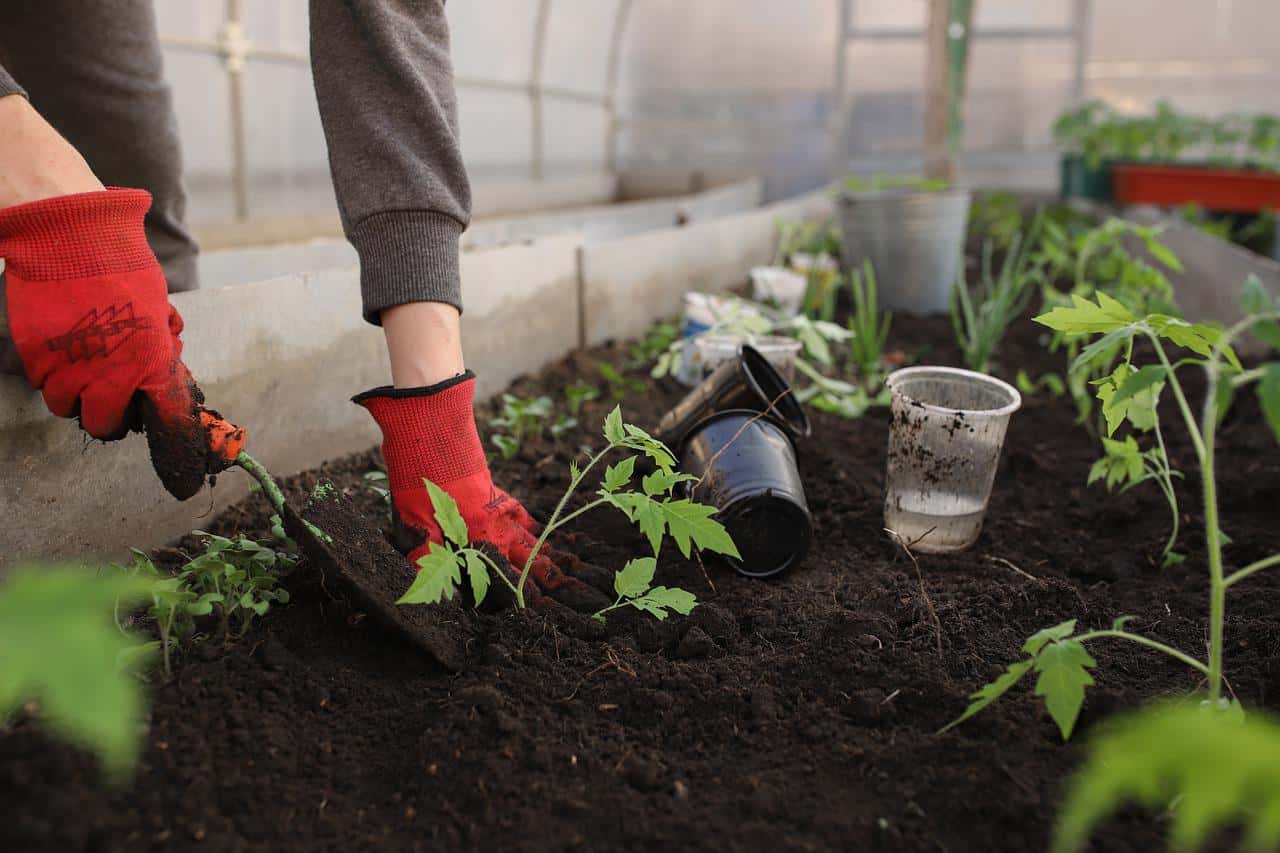By cultivating native plant species that are in decline in the wild, horticulturalists can function as conservationists.
The prospect of a mass extinction is looming around the planet and it isn’t just animals that are at risk. Numerous plants, too, are increasingly endangered in a severe threat to global biodiversity.
Enter gardeners.
Horticultural enthusiasts can do their part in saving endangered plants by cultivating them in their urban gardens, say scientists in Germany.
In the European nation alone almost a third of local plant species are threatened and 76 plant species have already gone extinct owing to a loss of natural habitats, which has been fuelled in part by urbanization in a country where a tenth of the total land area is home to human settlements.
“[I]t is precisely these settlement areas that hold enormous — albeit untapped — potential for nature conservation. After all, these areas include millions of private gardens, balconies and green roofs, as well as parks and other public green spaces,” say researchers from several German universities who are behind a new study published in the journal Nature Sustainability.
By cultivating native plant species that are in decline in the wild, horticultural hobbyists can in essence function as conservationists.
“Gardeners have always played a role in distributing plant species, so why not also help bring back the many native species that are disappearing?” argues Josiane Segar, a researcher at the German Centre for Integrative Biodiversity Research who was the study’s lead author.
“Public and private gardens and green spaces could play a central role in conserving plant diversity, but this would require a major rethinking of the horticultural industry in order to do so,” Segar notes.
This is more than mere wishful thinking because horticulture is a commercially important sector in many countries, Germany included. In the European nation nearly €9 billion were spent on plants in 2018 and during the Covid-19 pandemic per capita spending on plants increased by 9% while public awareness of the ongoing loss of biodiversity is at an all-time high.
“Planting declining native species would also have clear advantages. Many of them are adapted to dry soils and would cope better with droughts in the wake of climate change than many of the species currently used in gardening,” the scientists explain in a statement on their findings.
A method for boosting the presence of endangered plants in urban horticulture should involve boosting the production of certified native seeds and marketing them to gardeners, who could be given some financial incentives to cultivate these native plants such as reductions in VAT.
“Product labels in garden centers could help to point out the benefits of conservation gardening and influence the demand curve. Appropriate criteria for awarding public contracts to horticultural companies could also help encourage the use of declining native plant species in public green spaces,” the scientists observe.
“Funding applied research to develop region-specific lists of declining plant species, as well as planting concepts and seed mixtures for these species could foster a science-driven approach to gardening. In addition, key players such as botanical gardens, universities, nature conservation associations, neighborhood cooperatives and public administrative bodies could spread essential knowledge about the cultivation and care of declining native plants,” they elucidate.
Better yet: large-scale conservation gardening would not require extensive changes to the existing conservation architecture, according to Ingmar Staude, a scientist at Leipzig University.
“In fact, it uses existing, economically viable structures to encourage the use of declining species when planting green spaces,” Staude says. “In an increasingly urban world, this could foster a tangible and inclusive form of nature conservation for citizens.”
This story first appeared on Sustainability Times
Photo: Pixabay/Katya_Ershova
© 2022 Sustainability Times.
This article is licensed under a Creative Commons Attribution-ShareAlike 4.0 SA International License.












